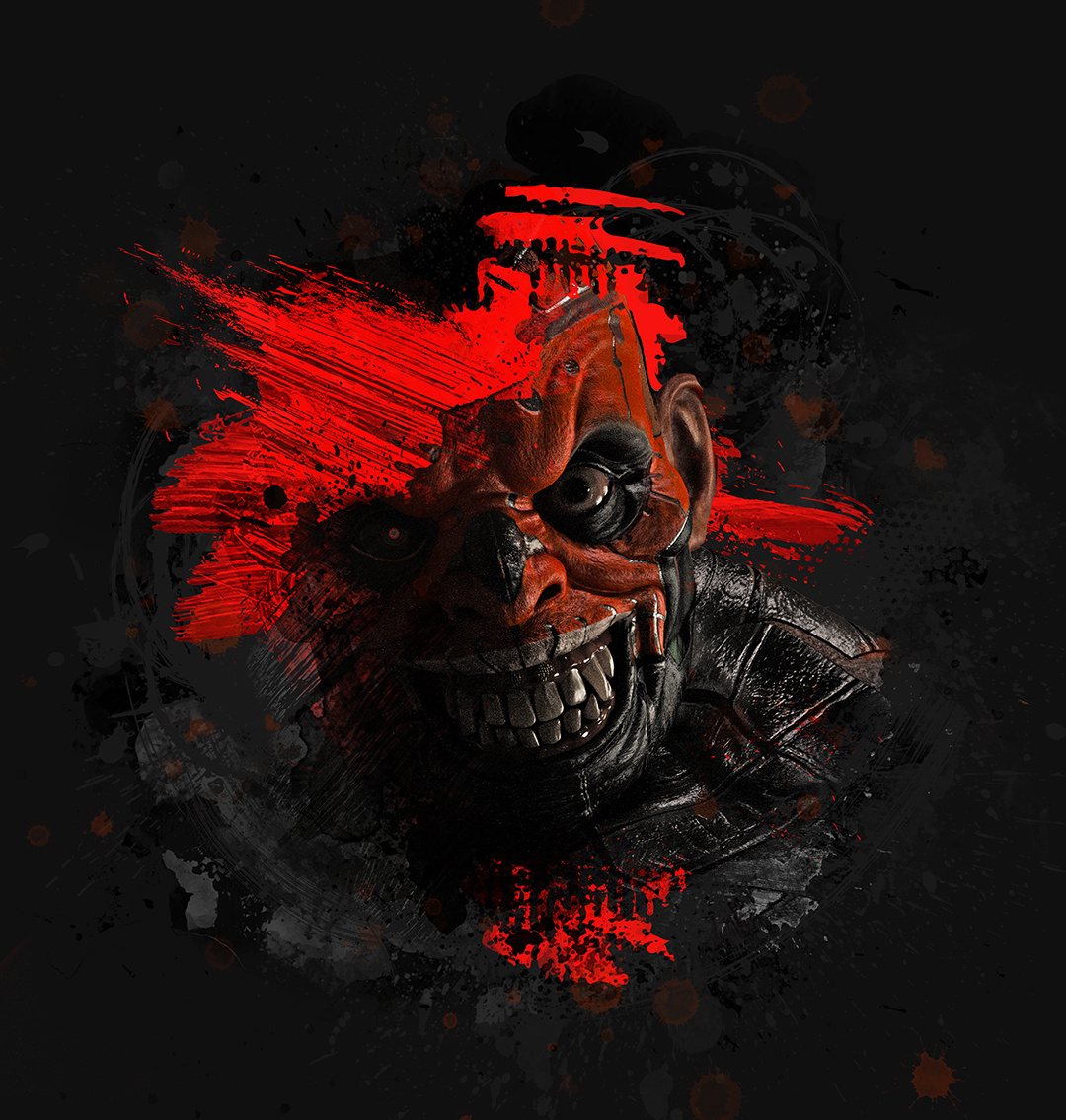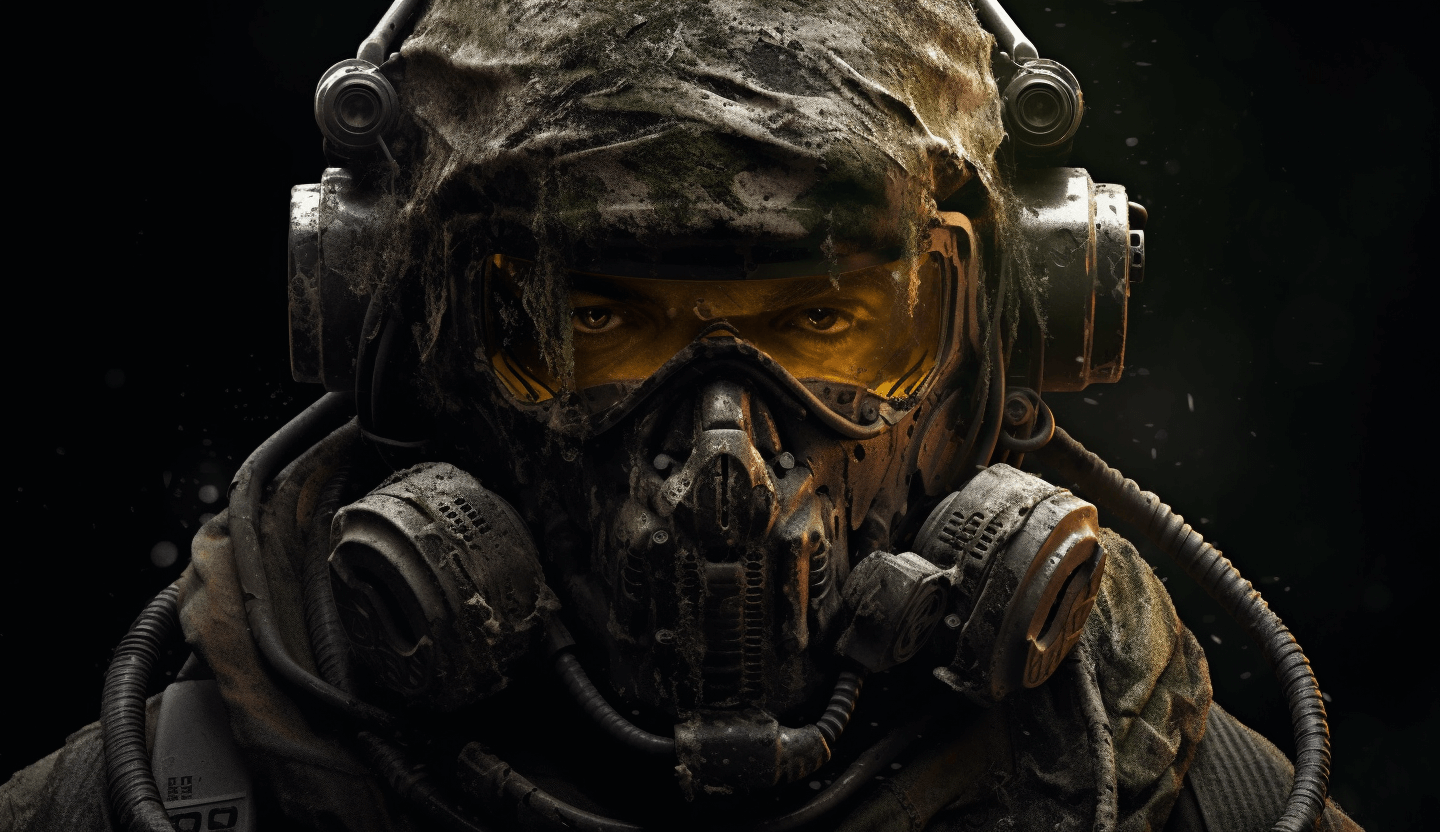Introduction
The convergence of Web3 technology and virtual reality (VR) has opened up new frontiers in the gaming industry, offering unprecedented levels of immersion and interactivity. A prime example is the highly anticipated VR horror game, “Free Radicals.” This article delves into the challenges developers face when creating a Web3 VR game like Free Radicals, particularly focusing on the transition between non-fungible tokens (NFTs) and VR, as well as the innovative earning models introduced within the game.
2. Seamless Transition between NFTs and VR
The transition from NFTs to the VR environment presents a unique challenge. Players expect consistency and fluidity when interacting with their owned NFTs within the immersive world of Free Radicals. Achieving a seamless experience, where NFTs influence the gameplay, storyline, or aesthetics, requires intricate synchronization between blockchain data and the VR environment.
3. Balancing Horror and Immersion
Creating a horror game in VR requires careful consideration of the player’s emotional and psychological responses. Balancing horror elements with the immersive nature of VR can be challenging. Striking the right balance between fear and immersion while maintaining an enjoyable gaming experience is crucial.
4. Innovative Earning Models
Free Radicals introduces a groundbreaking concept: earning within the VR horror game. The integration of earning models where players can accumulate in-game rewards, items, or even cryptocurrency through gameplay or participation in the game’s ecosystem is a novel approach. However, implementing such models without negatively impacting gameplay dynamics and player experience poses a significant challenge.
5. Ensuring Decentralization and Security
Web3 technology emphasizes decentralization and security. Implementing these principles within a VR game requires meticulous planning to prevent potential vulnerabilities or hacks. Maintaining player data security, especially when integrating blockchain elements, is essential to build trust among players.
6. Community Engagement and Feedback
VR games thrive on community engagement and feedback. Encouraging players to participate in the game’s development by sharing insights, suggesting improvements, and offering ideas for new features is essential. Balancing the desires of the community with the game’s overall vision can be a delicate task.
Conclusion
Creating a Web3 VR game like Free Radicals is a journey fraught with challenges. The seamless transition between NFTs and VR, the balance of horror and immersion, innovative earning models, and ensuring security and decentralization all require a delicate balance. As the gaming industry continues to evolve, it’s these very challenges that drive innovation, pushing developers to create unforgettable experiences at the crossroads of blockchain and virtual reality.




